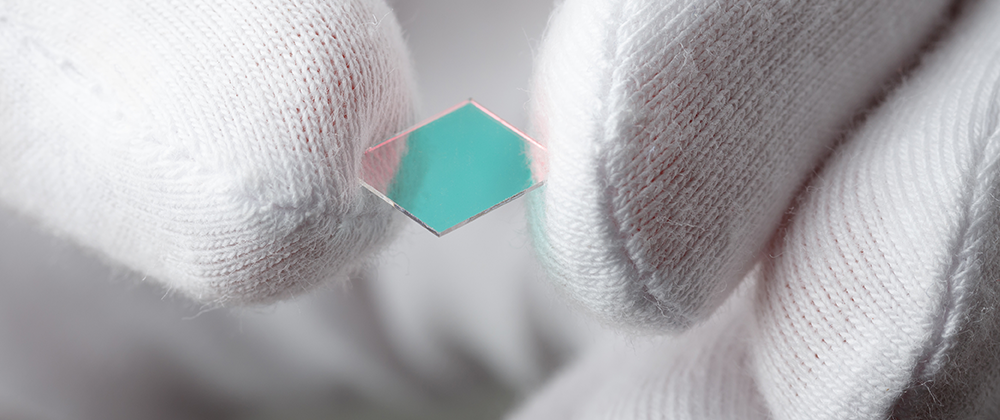A new method presented by Cardiff University allows controlling the shape of tiny particles which could make the technology that powers our daily lives more stable and efficient.
The process, called nano-faceting – the formation of small, flat surfaces on nanoparticles – to manipulate the structure of microscopic semiconductor materials, known as quantum dots, into a variety of shapes called nanocrystals. The process provides the industry with opportunities to optimise optoelectronics, energy harvesting, photonics and biomedical imaging technologies, according to the Cardiff University-led team.
Dr Bo Hou, a Senior Lecturer at Cardiff University’s School of Physics and Astronomy who led the study, said: “Quantum dots have the potential to revolutionise a number of industries because of the theoretically limitless efficiencies they offer. Our study is a significant step forward in the adoption of quantum dots technology across a wide range of energy and lighting industry applications.
“Our nanocrystals might be used for biomedical imaging, where inefficiencies and instabilities are currently limiting their use in diagnoses and drug delivery. So, these technologies really are the future.”
The team is now developing image sensors and low-carbon footprint LEDs which will enable the industry to implement the quantum dot nanocrystals into their technologies to boost their resolution and energy efficiency.




